Code
HCS24494
Weight
1.068 Kg / 2.35 lbs
Size
Height
18cm (7") Width
13cm (5") Depth
8cm (3") Material
Copper
Availability
Available
Date Added
2021-11-03 03:54:46
Note : We used to sell this product 4 years ago so it may no longer be in our stock.
It is possible that we still have it with our suppliers but the price could be different from before.
Feel free to order. We will verify availability and inform you promptly.
It is possible that we still have it with our suppliers but the price could be different from before.
Feel free to order. We will verify availability and inform you promptly.

Safe Payment
We accept Paypal, Money Transfer, Bank Transfer
Confidence
Protection covers your purchase and personal data.
Worldwide Delivery
We ship Worldwide, except Russia.Shipping cost US$25.2 for upto 0.5 kgs

Hotline
Talk to help line for your question on 9841267335Partly Gold plating.
This [master Quality], Buddhist Statue Of Amitabha Buddha, [face Painted, Stone Setting, Partly Gold Plated] has a Partly gold-plated finish. Partly fire gold gilding, a common practice in Nepali handicrafts. This technique is skillfully employed by artisans to create intricate designs on various metal objects, including statues, jewelry, and decorative items. Through a process, a mask or resist is applied to safeguard specific areas from the gold plating. The object is then subjected to high temperatures, allowing the gold to beautifully adhere to exposed surfaces using a combination of heat and pressure.
In the realm of Buddhist statues, this technique holds additional significance as it distinguishes the golden-plated body from the oxidized or maroon-painted clothing. This visual separation conveys the contrast between the divine purity of the body and the modest attire symbolizing the humble lifestyle of Buddhist monks. The partly fire gold gilding not only adds exquisite detail and elegance but also embodies the deep cultural and spiritual meaning associated with these treasured artifacts. Read More . . .
This [master Quality], Buddhist Statue Of Amitabha Buddha, [face Painted, Stone Setting, Partly Gold Plated] has a Partly gold-plated finish. Partly fire gold gilding, a common practice in Nepali handicrafts. This technique is skillfully employed by artisans to create intricate designs on various metal objects, including statues, jewelry, and decorative items. Through a process, a mask or resist is applied to safeguard specific areas from the gold plating. The object is then subjected to high temperatures, allowing the gold to beautifully adhere to exposed surfaces using a combination of heat and pressure.
In the realm of Buddhist statues, this technique holds additional significance as it distinguishes the golden-plated body from the oxidized or maroon-painted clothing. This visual separation conveys the contrast between the divine purity of the body and the modest attire symbolizing the humble lifestyle of Buddhist monks. The partly fire gold gilding not only adds exquisite detail and elegance but also embodies the deep cultural and spiritual meaning associated with these treasured artifacts. Read More . . .
Finishing: Stone Setting
The [master Quality], Buddhist Statue Of Amitabha Buddha, [face Painted, Stone Setting, Partly Gold Plated] is adorned with an exquisite array of semi-precious stones, including turquoise, coral, and lapis lazuli. These stones are carefully selected and meticulously placed on the [master Quality], Buddhist Statue Of Amitabha Buddha, [face Painted, Stone Setting, Partly Gold Plated]'s surface, adding a touch of opulence and enhancing its overall beauty. Each stone is thoughtfully positioned using a high-quality adhesive, ensuring secure and long-lasting attachment. The vibrant colors and unique patterns of the stones create a captivating contrast against the backdrop of the [master Quality], Buddhist Statue Of Amitabha Buddha, [face Painted, Stone Setting, Partly Gold Plated], elevating its visual appeal and making it truly eye-catching. Read More . . .
The [master Quality], Buddhist Statue Of Amitabha Buddha, [face Painted, Stone Setting, Partly Gold Plated] is adorned with an exquisite array of semi-precious stones, including turquoise, coral, and lapis lazuli. These stones are carefully selected and meticulously placed on the [master Quality], Buddhist Statue Of Amitabha Buddha, [face Painted, Stone Setting, Partly Gold Plated]'s surface, adding a touch of opulence and enhancing its overall beauty. Each stone is thoughtfully positioned using a high-quality adhesive, ensuring secure and long-lasting attachment. The vibrant colors and unique patterns of the stones create a captivating contrast against the backdrop of the [master Quality], Buddhist Statue Of Amitabha Buddha, [face Painted, Stone Setting, Partly Gold Plated], elevating its visual appeal and making it truly eye-catching. Read More . . .
Gold Painted Face
The face of [master Quality], Buddhist Statue Of Amitabha Buddha, [face Painted, Stone Setting, Partly Gold Plated] is painted with gold to enhance its significant features, particularly the eyes, and lips. This detailed painting is essential as it brings forth the crucial attributes of the expression of eyes and lips that metal carving alone cannot capture.
Moreover, the painted face serves as a symbolic and sacred ritual in Buddhism, preparing the statue for consecration and practice. The act of painting the face with gold in Buddhism holds deep meaning. It represents the intention to bring life and expression to the statue, imbuing it with a sense of vitality and presence. The application of gold on the face showcases the devotion and craftsmanship of the artisans, ensuring that every detail is carefully attended to honor the sacred essence of the [master Quality], Buddhist Statue Of Amitabha Buddha, [face Painted, Stone Setting, Partly Gold Plated]. Read More . . .
The face of [master Quality], Buddhist Statue Of Amitabha Buddha, [face Painted, Stone Setting, Partly Gold Plated] is painted with gold to enhance its significant features, particularly the eyes, and lips. This detailed painting is essential as it brings forth the crucial attributes of the expression of eyes and lips that metal carving alone cannot capture.
Moreover, the painted face serves as a symbolic and sacred ritual in Buddhism, preparing the statue for consecration and practice. The act of painting the face with gold in Buddhism holds deep meaning. It represents the intention to bring life and expression to the statue, imbuing it with a sense of vitality and presence. The application of gold on the face showcases the devotion and craftsmanship of the artisans, ensuring that every detail is carefully attended to honor the sacred essence of the [master Quality], Buddhist Statue Of Amitabha Buddha, [face Painted, Stone Setting, Partly Gold Plated]. Read More . . .
Lost-Wax System
This Buddha of [master Quality], Buddhist Statue Of Amitabha Buddha, [face Painted, Stone Setting, Partly Gold Plated] is made by the process of the Lost Wax system. This is a very complicated, time consuming and historic process of making metal sculptures.Which is why it is sometimes called Precision Casting as well. Hence the sculptures made by this process are comparatively expensive. There are many new, advanced and less time consuming methods of casting metal sculptures available as well. But due to the benefits provided by the traditional lost wax system in quality control and customization, we prefer the Loss wax system over Ceramic molding, or sand casting to make our Buddha.
Below we have tried to illustrate the process of making a loss wax system statue: Read More . . .
This Buddha of [master Quality], Buddhist Statue Of Amitabha Buddha, [face Painted, Stone Setting, Partly Gold Plated] is made by the process of the Lost Wax system. This is a very complicated, time consuming and historic process of making metal sculptures.Which is why it is sometimes called Precision Casting as well. Hence the sculptures made by this process are comparatively expensive. There are many new, advanced and less time consuming methods of casting metal sculptures available as well. But due to the benefits provided by the traditional lost wax system in quality control and customization, we prefer the Loss wax system over Ceramic molding, or sand casting to make our Buddha.
Below we have tried to illustrate the process of making a loss wax system statue: Read More . . .
Brief Introduction :
Amitabha is head of the Lotus Family, one of oldest & significant of the Five Buddha Families. This family represents love, purity, compassion & peace. Amitabha Purelandis a place of infinite bliss & boundless light. He will guide you along a path of simplicity and purity towards such a place where you can find inner contentment. Amitabha will help you overcome addictions and cravings.
Iconography :Amitabha Buddha is also one of the five Tathagatas representing the wisdom of discriminating awareness (skt. Pratyavekshanajnana). When discriminating wisdom dawns on us we realize Non-production or non-origination of all things. He also represents purified form of desire.
Amitabha Buddha is red in color. He is represented in the stupa facing to the west. He rides on peacock symbolizing that he can take away the suffering of others just as the peacock eats poisonous plants and yet his tail shines forth.
Amitabha in Sanskrit means immeasurable light or limitless light. He resides in the western land of unlimited bliss (skt. Sukhavati). He is assisted by two Bodhisattvas viz. Avalokiteshvara and Mahasthamaprapta. When he was a bodhisattva he was called Bhikshu Dharmakara. He made vows to establish an adorned land of unlimited bliss to ferry over those living beings who recite his name. On the basis of those vows, any living being who has faith, makes vows and practices diligently will be received by this Buddha and reborn in the pure land of unlimited bliss.
Amitabha Buddha presides over the Bhadrakalpa i.e. Fortunate Aeon. He always exhibits Dhyana mudra. He belongs to the Lotus family. He originates from the seed syllable Hrih. He can be recognized through the symbol of the lotus. With his extensive vows and great compassion this Buddha has ferried over innumerable sentient beings. The recitation of the name of Amitabha Buddha is a common practice in China and Japan. In Tibet too, devotees recite very often the prayer to be reborn in the land of Amitabha Buddha.urity
Commentary :Amitabha Buddha is red in color. He is represented in the stupa facing to the west. He rides on peacock symbolizing that he can take away the suffering of others just as the peacock eats poisonous plants and yet his tail shines forth.
Amitabha in Sanskrit means immeasurable light or limitless light. He resides in the western land of unlimited bliss (skt. Sukhavati). He is assisted by two Bodhisattvas viz. Avalokiteshvara and Mahasthamaprapta. When he was a bodhisattva he was called Bhikshu Dharmakara. He made vows to establish an adorned land of unlimited bliss to ferry over those living beings who recite his name. On the basis of those vows, any living being who has faith, makes vows and practices diligently will be received by this Buddha and reborn in the pure land of unlimited bliss.
Amitabha Buddha presides over the Bhadrakalpa i.e. Fortunate Aeon. He always exhibits Dhyana mudra. He belongs to the Lotus family. He originates from the seed syllable Hrih. He can be recognized through the symbol of the lotus. With his extensive vows and great compassion this Buddha has ferried over innumerable sentient beings. The recitation of the name of Amitabha Buddha is a common practice in China and Japan. In Tibet too, devotees recite very often the prayer to be reborn in the land of Amitabha Buddha.urity
The word 'Amitabha' is composed of 2 syllables. Amita-[Skt.] translates as infinite & -bha universal life or simply the universe. Related Sanskrit words include bha-va asin Bhavachakra & Bha-gavad as in Bhagavad Gita. Amitabha is often translated as Boundless Light which is taken to be the boundless Universe. Amitabha realised a Pure Land called Sukhavati which meanspossessinghappinessin Sanskrit. Sukhavati is situated in the uttermost west beyond the bounds of rational understanding. By the power of his vows he made it possible for all who call upon him to be reborn into this land, there to undergo instruction by him in the dharma and ultimately become bodhisattvas & Buddhas. Amitabha is one of the five Transcendent Buddhas emanated from the primeval 'Adi' Buddha Vajrdhara. Each of the transcendent Buddhas has arisen to help us overcome the five obstructions [Skt. Kleshas] to our spiritual growth and each is the Head of a Family. The Sanskrit word Klesha means poison in the sense of curruption. For this reason the transcendent Buddhas are called Wisdom Buddhas; they possess the wisdom to overcome viz. transcend the five obstructions are greed, hatred, delusion, jealousy & pride. Amitabha is formed to help us overcome greed [often expressed as desire]. Greed is conceived of as a thirst [Skt. Tanha] or appetite for the destructive things that harm us such as smoking, alcohol & selfishness. The transcendent Buddhas are sometimecalled the Meditation [Skt. Dhyana] Buddhas as people meditate on their wisdoms to overcome the five obstructions to spiritual growth to anable us to reach a higher level of understanding.
Mantra of Amitabha Buddha
Oṃ Amideva Hrīḥ


![[master Quality], Buddhist Statue Of Amitabha Buddha, [face Painted, Stone Setting, Partly Gold Plated]](https://handicraftseller.com/uploads/pics/product/thumb/2021/11/24494.jpg)
![[master Quality], Buddhist Statue Of Amitabha Buddha, [face Painted, Stone Setting, Partly Gold Plated]](https://handicraftseller.com/uploads/pics/product/thumb/2021/11/24494_0.jpg)
![[master Quality], Buddhist Statue Of Amitabha Buddha, [face Painted, Stone Setting, Partly Gold Plated]](https://handicraftseller.com/uploads/pics/product/thumb/2021/11/24494_1.jpg)
![[master Quality], Buddhist Statue Of Amitabha Buddha, [face Painted, Stone Setting, Partly Gold Plated]](https://handicraftseller.com/uploads/pics/product/thumb/2021/11/24494_2.jpg)
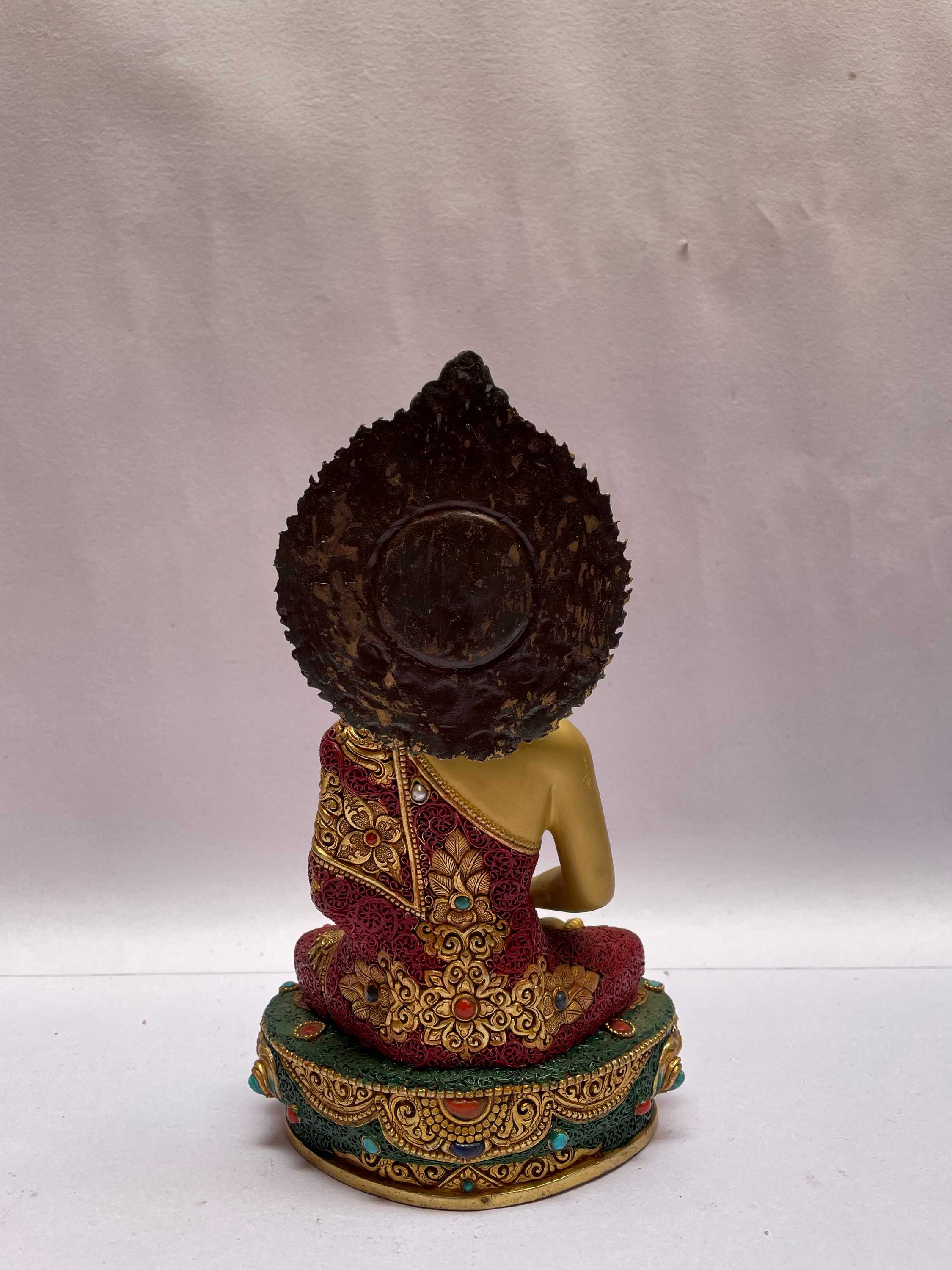

























































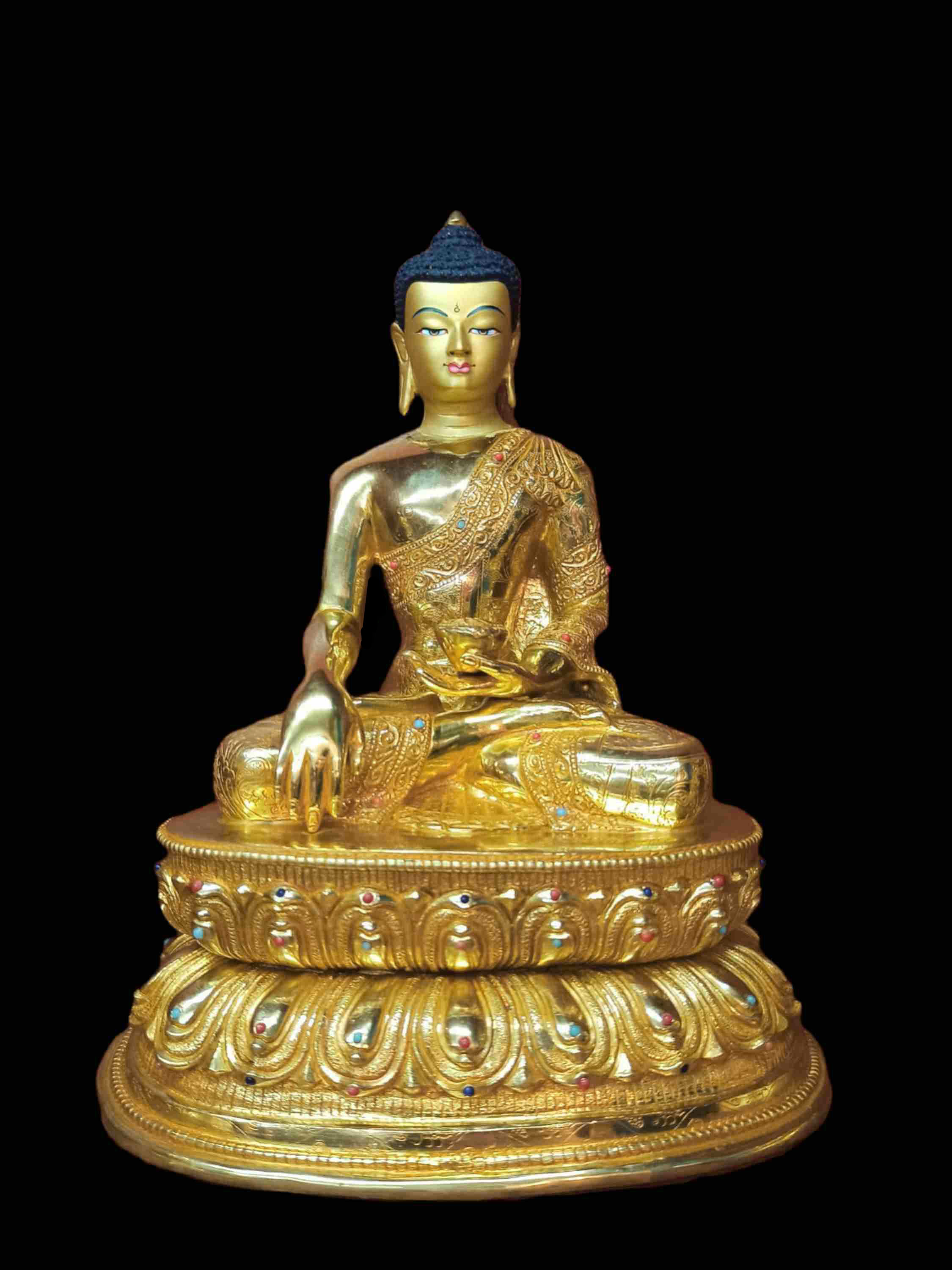 of Shakyamuni Buddha,
of Shakyamuni Buddha, 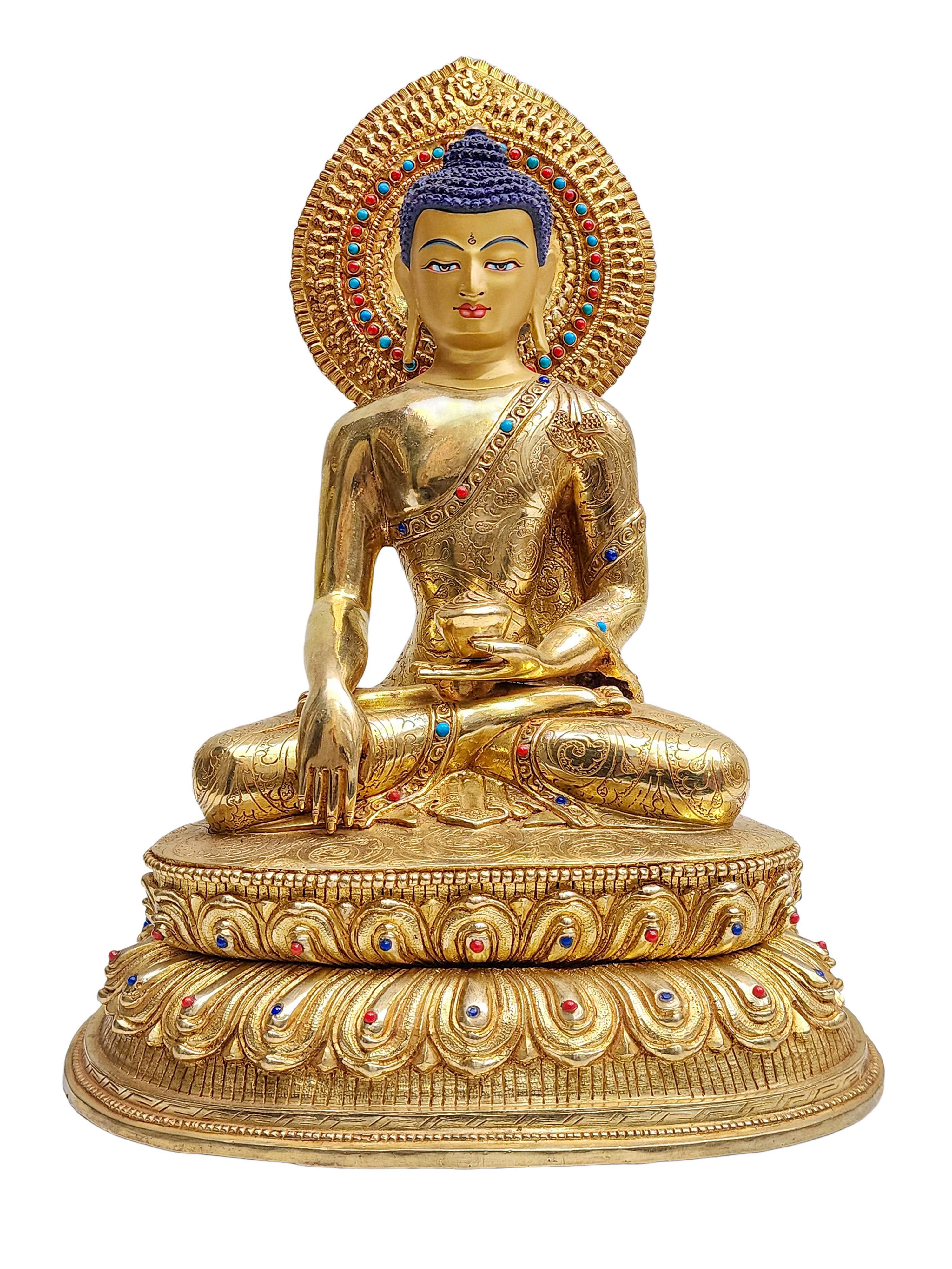 Shakyamuni Buddha, Buddhist Handmade Statue,
Shakyamuni Buddha, Buddhist Handmade Statue, 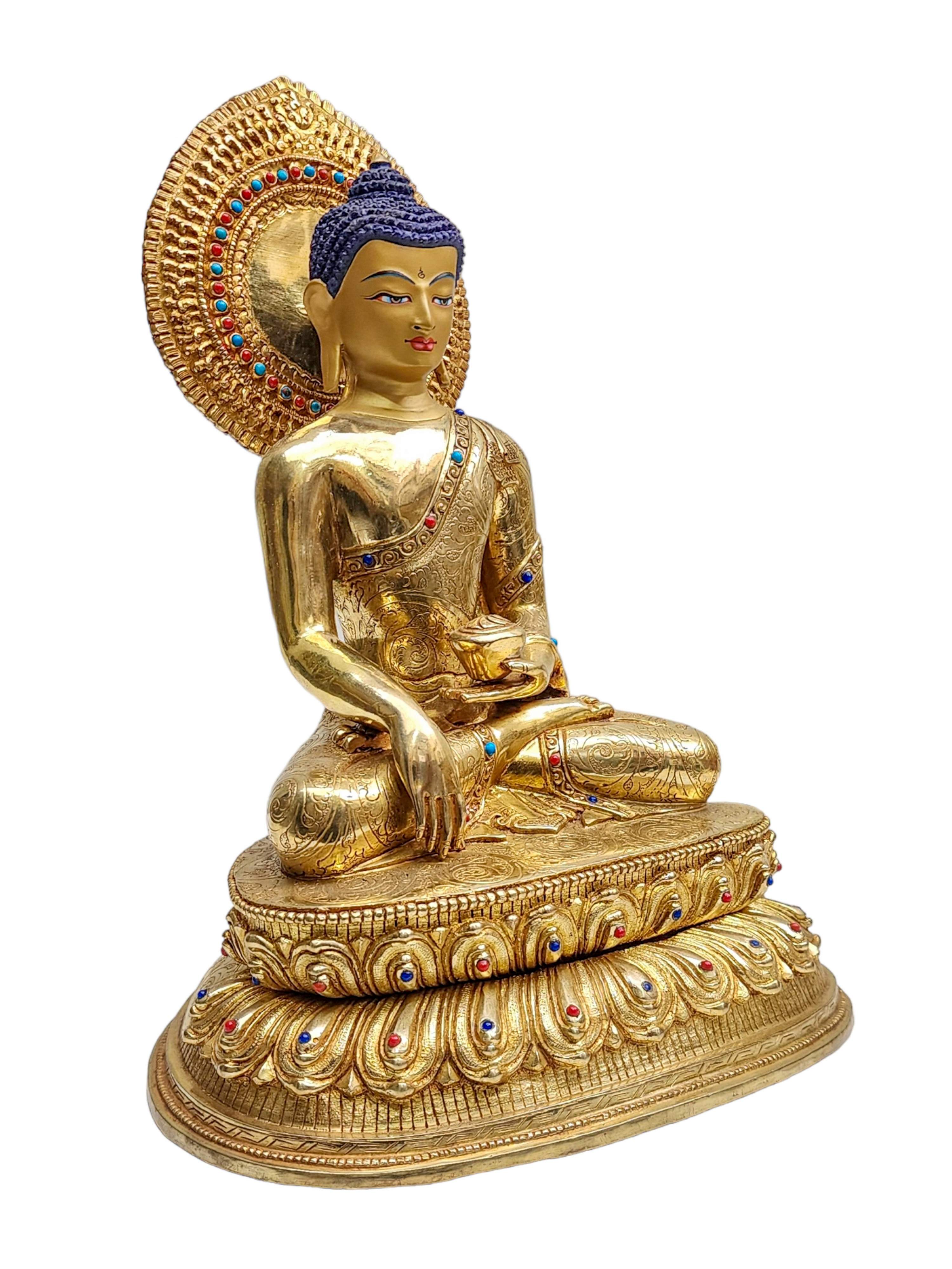 Shakyamuni Buddha, Buddhist Handmade Statue,
Shakyamuni Buddha, Buddhist Handmade Statue, 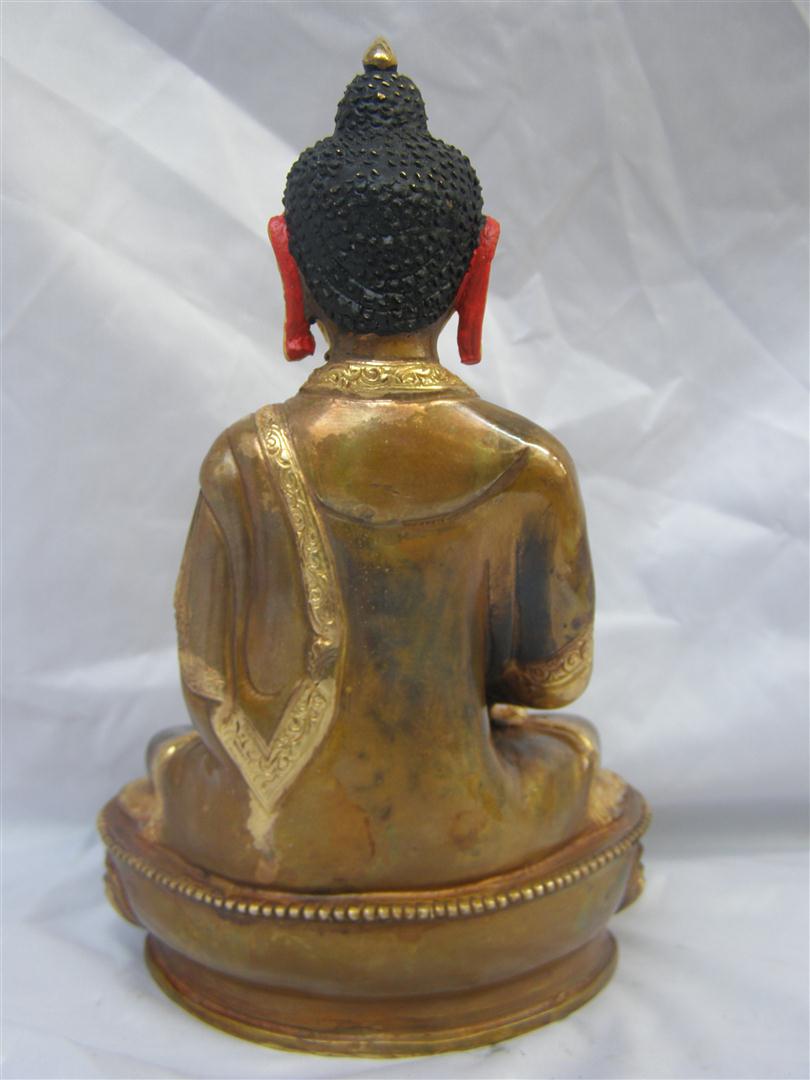 Best Price, Amitabha Buddha Statue,
Best Price, Amitabha Buddha Statue, 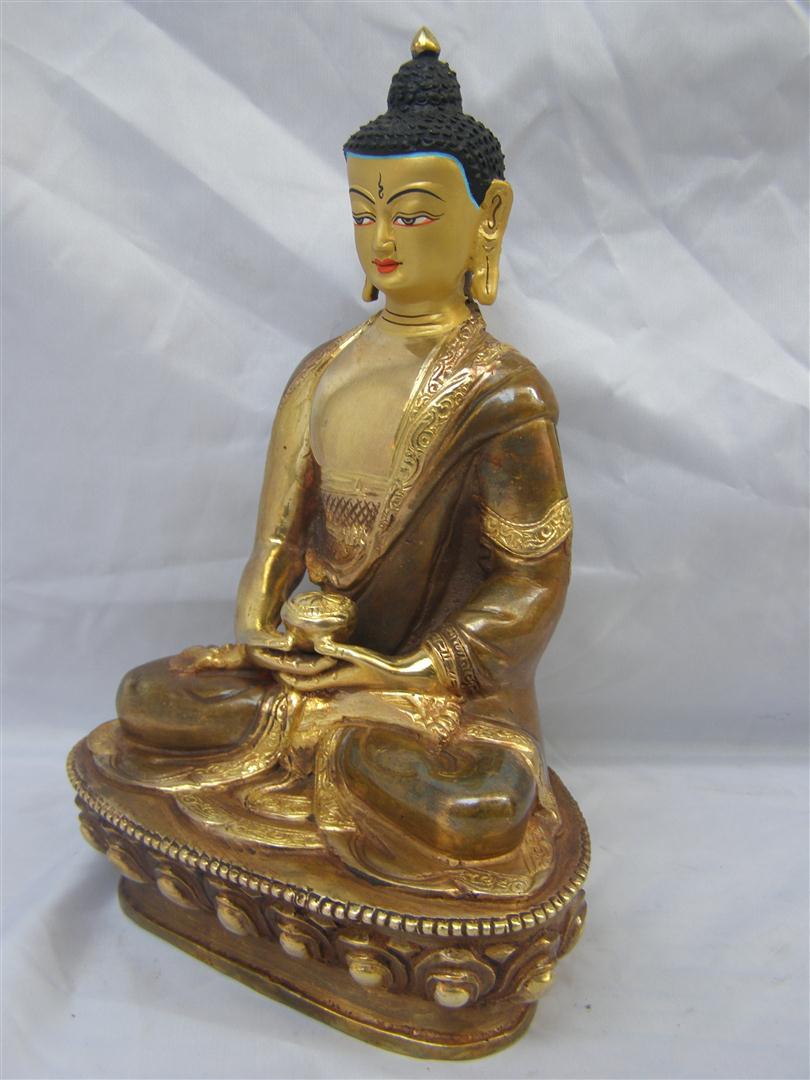 Best Price, Amitabha Buddha Statue,
Best Price, Amitabha Buddha Statue,  Pancha Buddha Set
Pancha Buddha Set  Pancha Buddha Set
Pancha Buddha Set 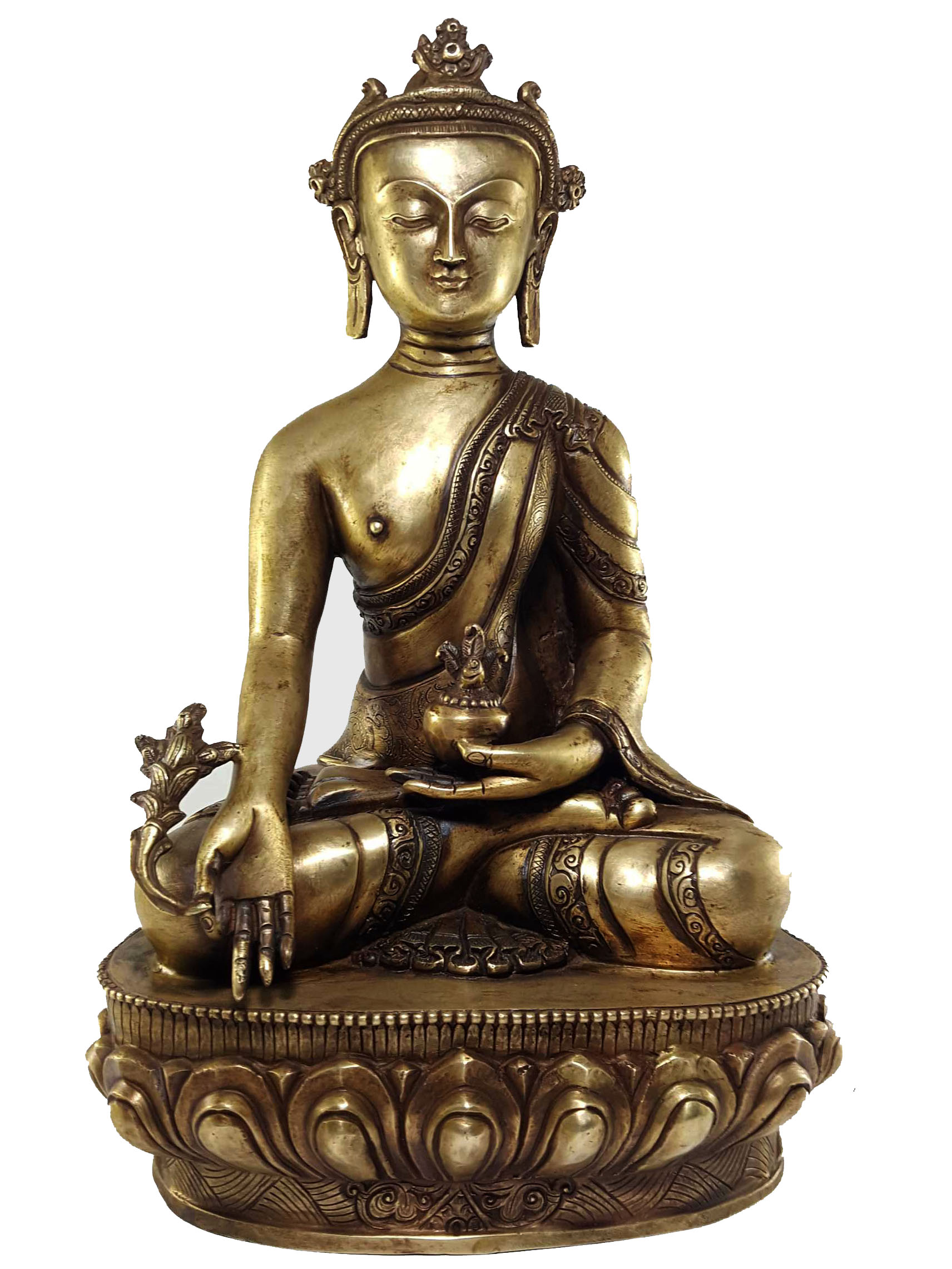 Master Quality Statue Bronze Finishing,
Master Quality Statue Bronze Finishing, 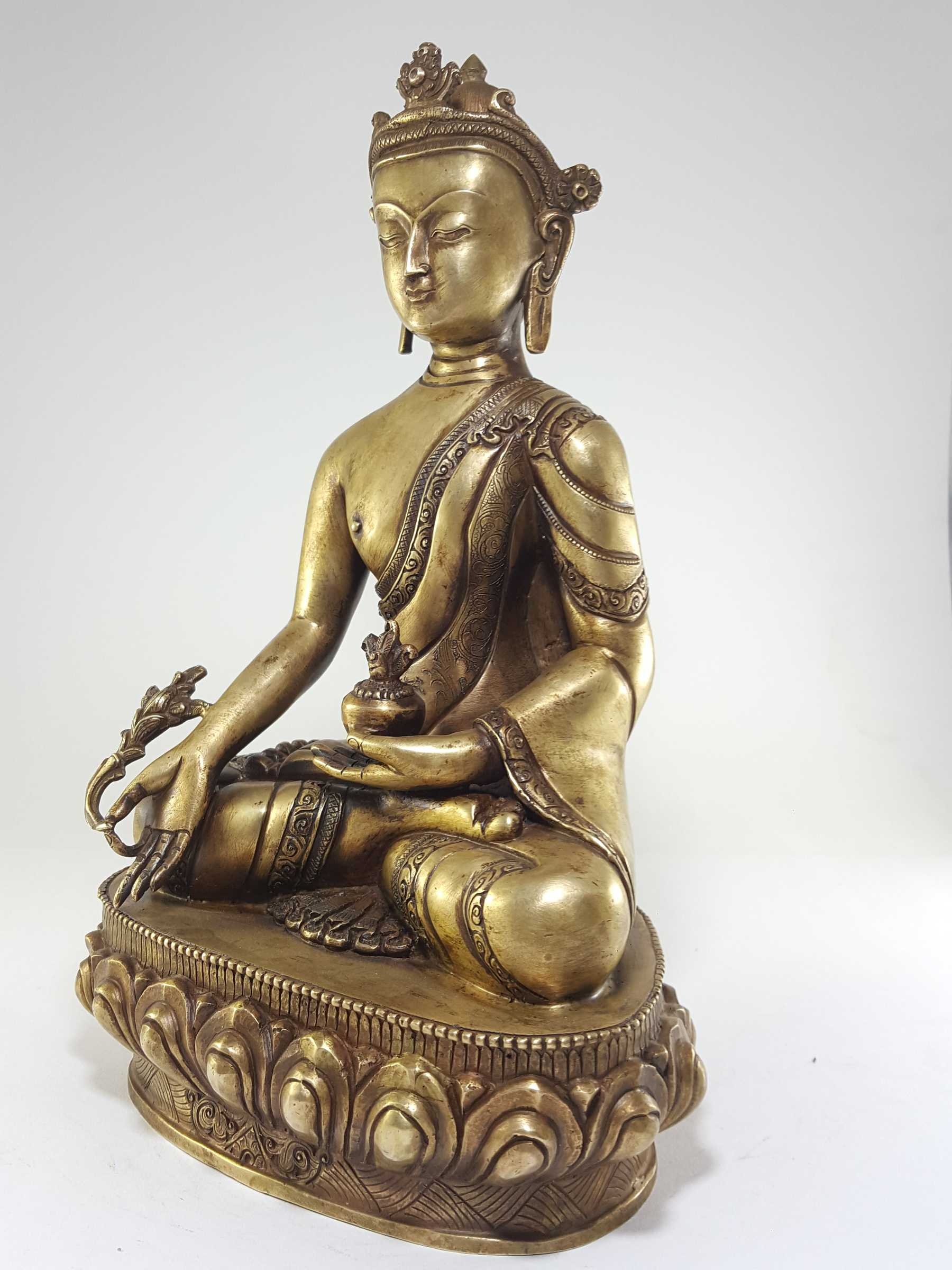 Master Quality Statue Bronze Finishing,
Master Quality Statue Bronze Finishing,  of Amitabha Buddha-
of Amitabha Buddha-  of Amitabha Buddha-
of Amitabha Buddha-  Best Price, Shakyamuni Buddha Copper Partly Gold Plated Statue, For A Gift, Altars
Best Price, Shakyamuni Buddha Copper Partly Gold Plated Statue, For A Gift, Altars  Best Price, Shakyamuni Buddha Copper Partly Gold Plated Statue, For A Gift, Altars
Best Price, Shakyamuni Buddha Copper Partly Gold Plated Statue, For A Gift, Altars  of Amitabha Buddha,
of Amitabha Buddha,  of Amitabha Buddha,
of Amitabha Buddha,  of Amitabha Buddha
of Amitabha Buddha  of Amitabha Buddha
of Amitabha Buddha 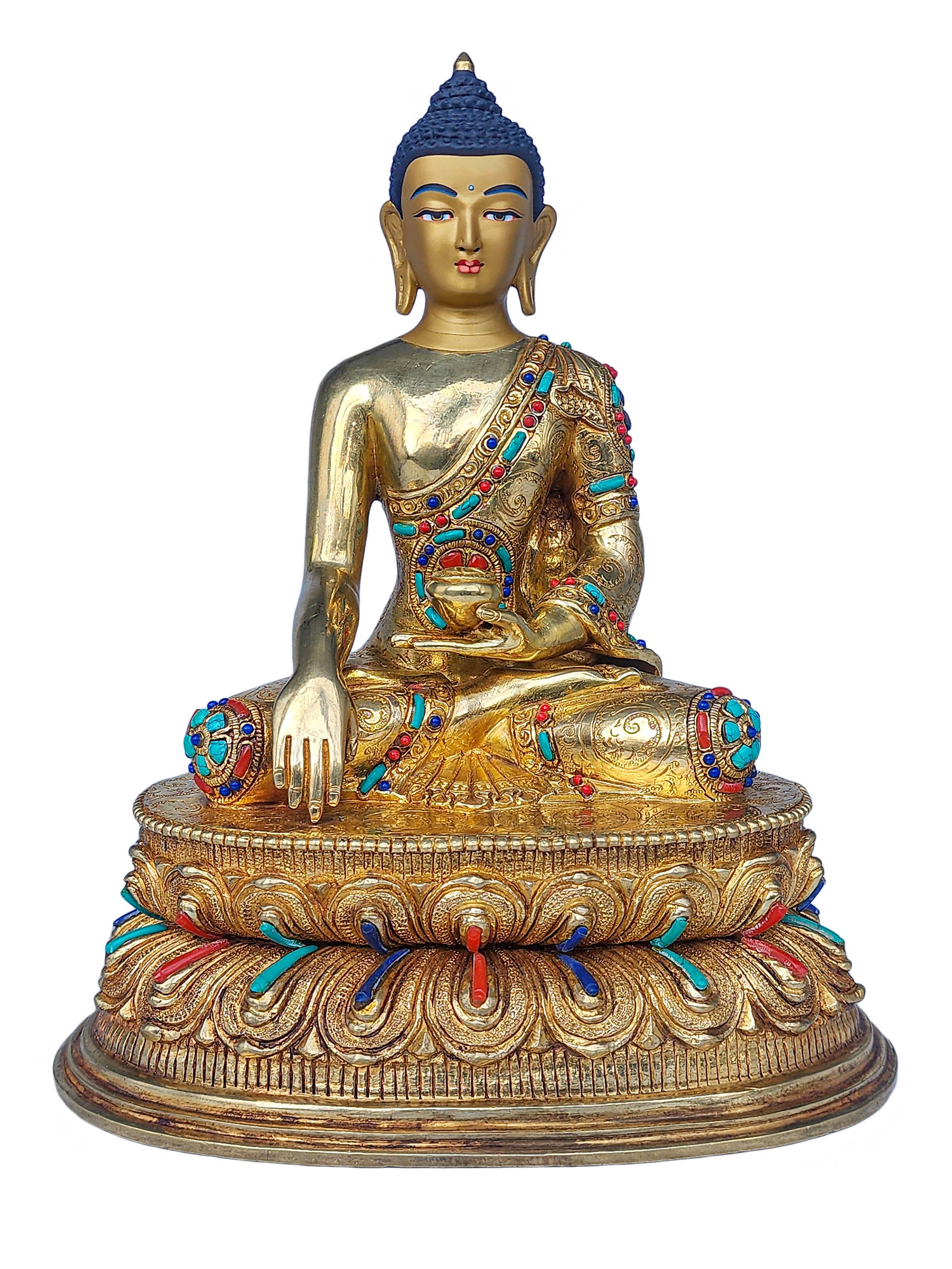 Shakyamuni Buddha, Buddhist Handmade Statue,
Shakyamuni Buddha, Buddhist Handmade Statue, 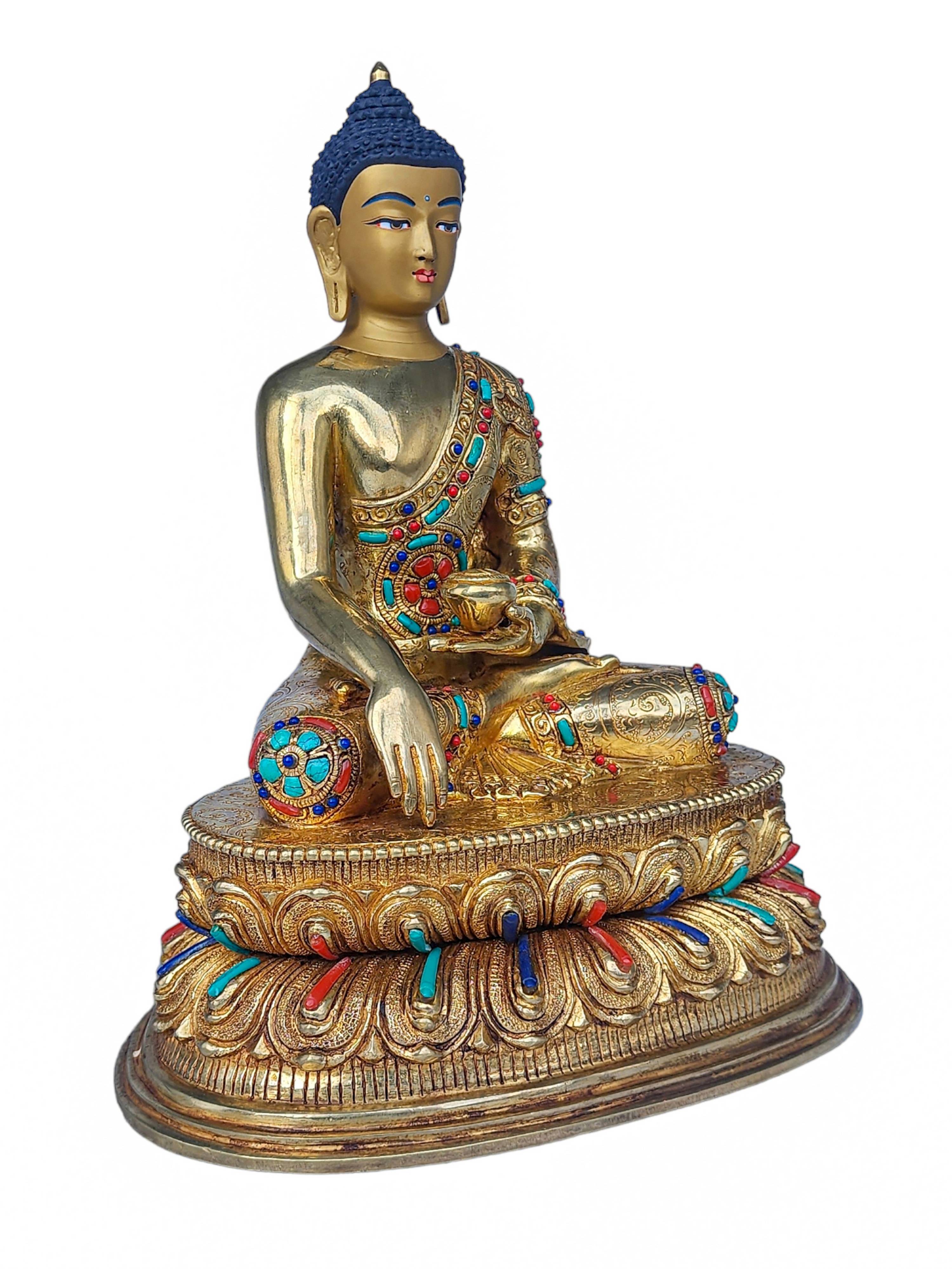 Shakyamuni Buddha, Buddhist Handmade Statue,
Shakyamuni Buddha, Buddhist Handmade Statue,